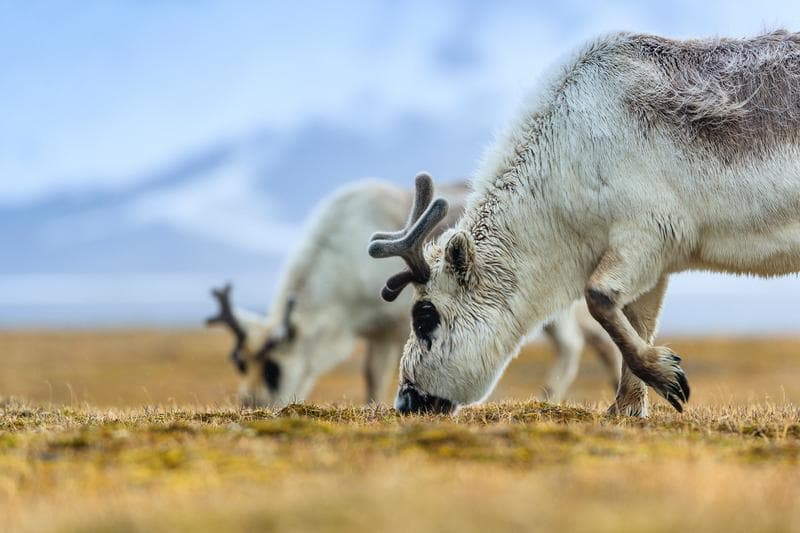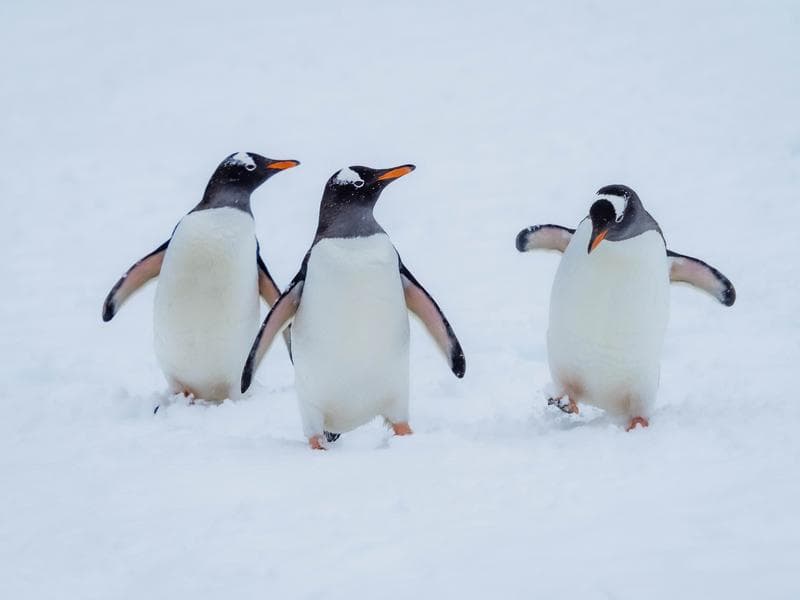Conservation in Action: How Science at Sea Takes the Thrill of Exploration to the Next Level
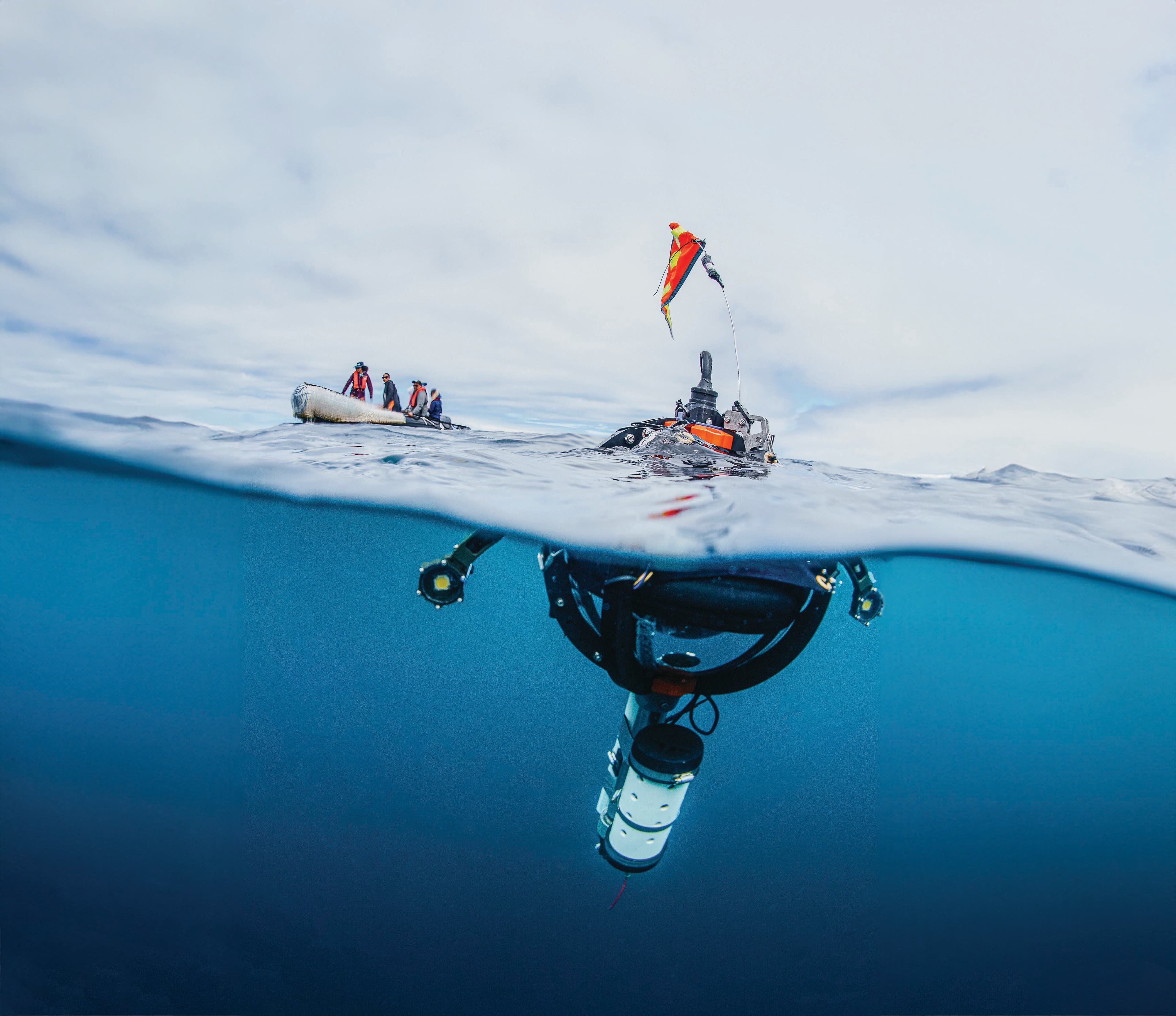
Every journey with National Geographic-Lindblad Expeditions promises adventure, but some voyages—particularly in the Arctic, Antarctica and Galápagos—give guests the chance to observe research and conservation in action through the Science at Sea program. Ashley Knight, the program’s manager, reveals how science takes the thrill of exploration to the next level.
What is the Science at Sea program?
It is defined by three pillars—first, the Visiting Scientist Program, where scientists—many of whom are National Geographic Explorers—are invited on board to collect data for their studies. While onboard they also share their work with guests who may have unique opportunities to participate in project activities. The second is citizen science—established programs where, with the guidance of naturalists, guests can collect data in the field. The third is a collaborative program, where the fleet’s own naturalists support ongoing research.
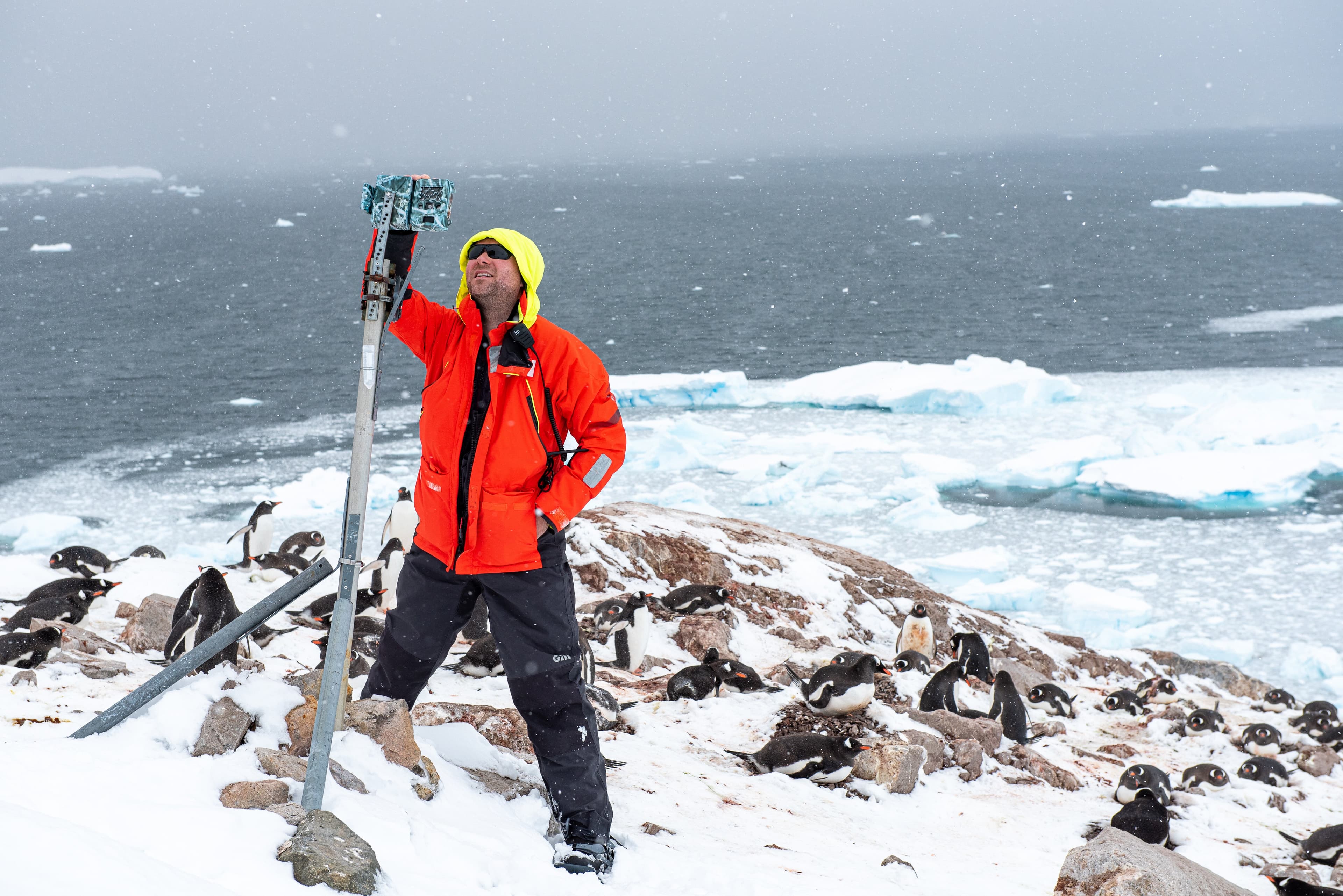
National Geographic Explorer and Visiting Scientist Tom Hart sets up a drone on Red Rock Ridge in Antarctica to aid in his penguin research. Photo: Alexandra Daley-Clark
What makes National Geographic-Lindblad Expeditions voyages the ideal platforms for Science at Sea?
For more than 50 years, the fleet has been taking people out into nature—exploration and education are in the company’s DNA. To have a scientist on board collecting data gives an even deeper perspective about what is happening in a destination. Guests are always curious and eager to learn, so the opportunity for one-on-one interactions with the scientists is highly prized.
Talk about a notable discovery made by a visiting scientist.
One team, led by National Geographic Explorer Holly Fearnbach, has joined the fleet each season in Antarctica for over 10 years. They assess the health of whales by collecting identification images to monitor population status. Aerial photographs are analyzed to estimate size and body condition. This long-term data set has produced more than two dozen publications, which are invaluable to understanding the impacts of rapid warming on whale health in Antarctica.
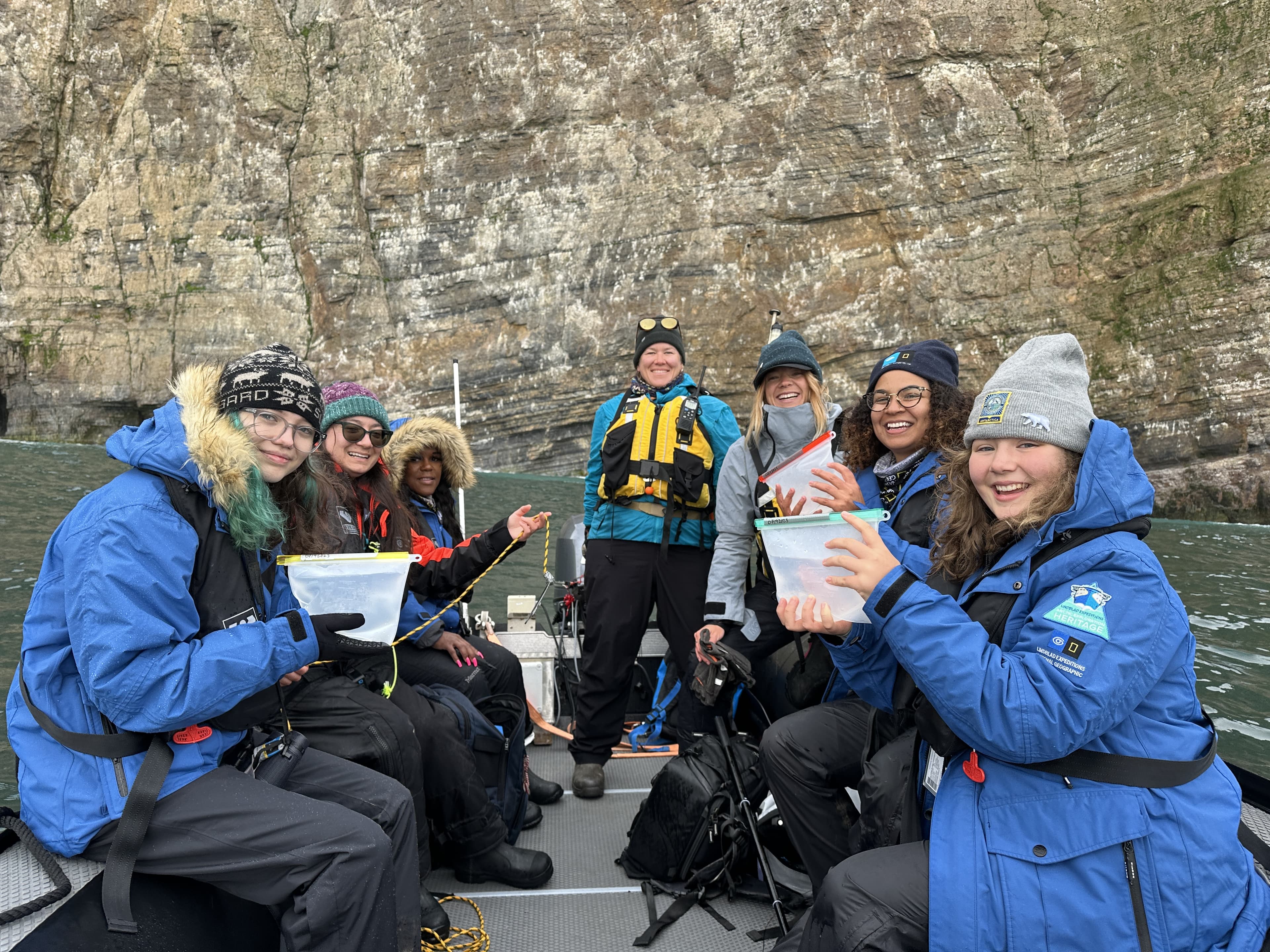
Guests on select voyages can assist scientists with tasks such as collecting water to study microplastics. Photo courtesy: Rachael Zoe Miller
Beyond the value to science, what is beneficial about having scientists join expeditions?
They become part of the community and unite travelers and expedition teams with a common purpose. One example is National Geographic Explorer and Visiting Scientist Rachael Miller, who studies microplastics. She invites guests out on the Zodiac to help her collect water samples by “throwing the bucket,” and everyone has fun taking their turn. It creates camaraderie and reinforces that everyone is on this journey together
Learn More – Visit expeditions.com/science to read more about Science at Sea and learn about new and ongoing research projects aboard the National Geographic-Lindblad Expeditions fleet.
